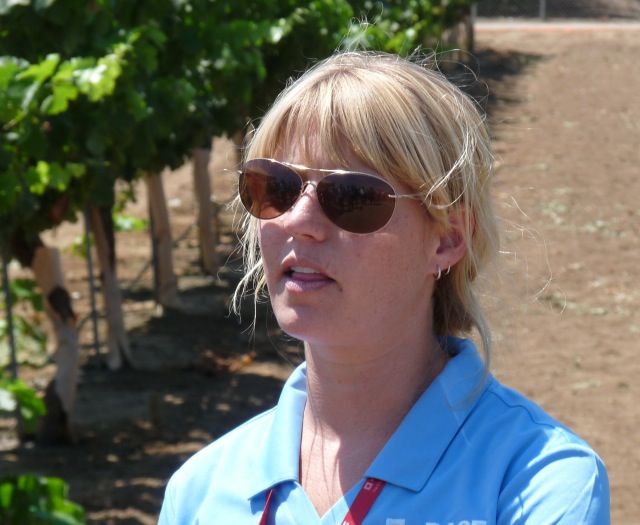CA Grown Campaign Builds Awareness
CA Grown Campaign Builds Awareness of the State’s Agricultural Bounty
By Kyle Buchoff, Assistant Editor
Denise Junqueiro, California Olive Committee director of programs and services and serves and CA Grown Campaign vice-chair, reported California Grown is really about building awareness of California-grown products. One of five Mediterranean climates in the world, California is a rare place where specialty crops that thrive in short, wet winters separated by a sunny and dry spring, summer, and fall, can be grown.
“We know people are curious,” said Junqueiro. “We know people want to know where their food comes from. We have an abundance of crops in our state, and we believe we grow these better than everyone else in the world. So we are trying to increase awareness—not only about our products—but about the farmers who grow them, because our farmers really care. Our efforts are about shining a light on all the bountiful fruits, vegetables and nuts we grow in California,” she noted.
_____________
California Grown, according to their website, gives farmers the platform to share their farm stories and to help consumers understand where their food comes from. Farmers present their food safety measures, choices in crop varieties, sustainable and creative packaging solutions to make serving dinner faster and more convenient, strong ties to the land and to their neighbors, pride in homegrown products and in their work; and support for the economy.
California Grown is supported by the state and federal governments, hundreds of growers, and all Californians. The group also collaborates with about 20 member partners in California agriculture to remind everyone to seek out and purchase agricultural products grown and produced in California.
 _____________________________
_____________________________





















